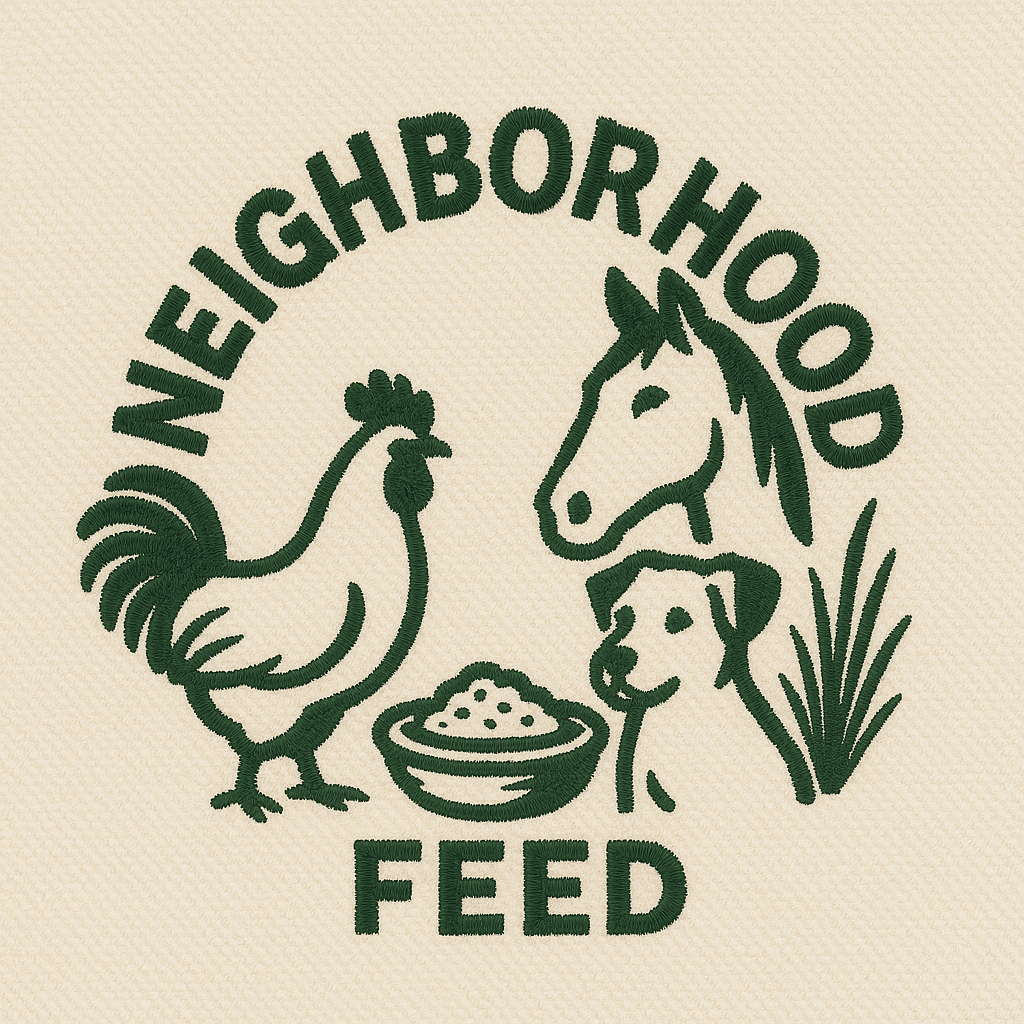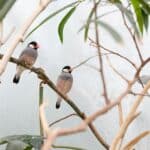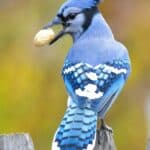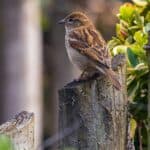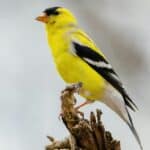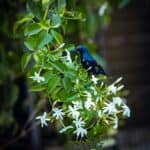Attracting wild birds to your yard is a delightful experience. Watching them flutter from feeder to feeder and listening to their cheerful songs can bring life to any outdoor space. However, with the joy of bird feeding comes a serious responsibility: protecting these birds from predators. In this guide, we will discuss practical ways to predator-proof your yard. We will cover everything from understanding the types of predators that threaten birds to practical, step-by-step strategies for making your yard a safer haven. Whether you are a seasoned bird watcher or a beginner, these tips can help ensure that your feathered friends remain safe and happy all year long.
Understanding the Threats
Before you can protect the birds, it is important to understand the challenges they face. Predators can come in many forms, and knowing who they are and how they operate is the first step in keeping your yard safe.
Common Predators
There are several animals that might view your bird feeders as an easy meal. Some of the most common predators include:
- Domestic Cats: These agile hunters are perhaps the most common threat. Even well-fed house cats can be drawn to a busy bird feeder, and they can easily catch smaller birds.
- Raccoons and Squirrels: While raccoons are notorious for their mischievous behavior, squirrels too can disturb feeding routines. Both animals may disrupt the feeding process and sometimes even steal the food.
- Birds of Prey: Hawks, owls, and other raptors naturally hunt small birds. Their presence in the neighborhood can cause birds to be more cautious or even avoid certain areas.
How Predators Impact Birds
Predators do more than reduce the number of birds visiting your yard. They create an environment of stress and fear. When birds feel threatened, they often abandon their favorite feeding spots or alter their behavior. Constant stress can have long-term effects on a bird’s health and can disrupt local ecosystems. By understanding these impacts, you can appreciate the importance of taking action to keep your birds safe.
Why Predator-Proofing Matters
Protecting birds from predators is not only about preserving their numbers. It is also about maintaining a balanced ecosystem. A well-maintained bird feeding area provides consistent food, water, and shelter for birds, which helps them thrive. Predator-proofing helps create an environment where birds can feed, rest, and raise their young with minimal stress. Ultimately, a safe yard contributes to a healthier local bird population and a more enjoyable bird-watching experience for you.
Assessing Your Yard
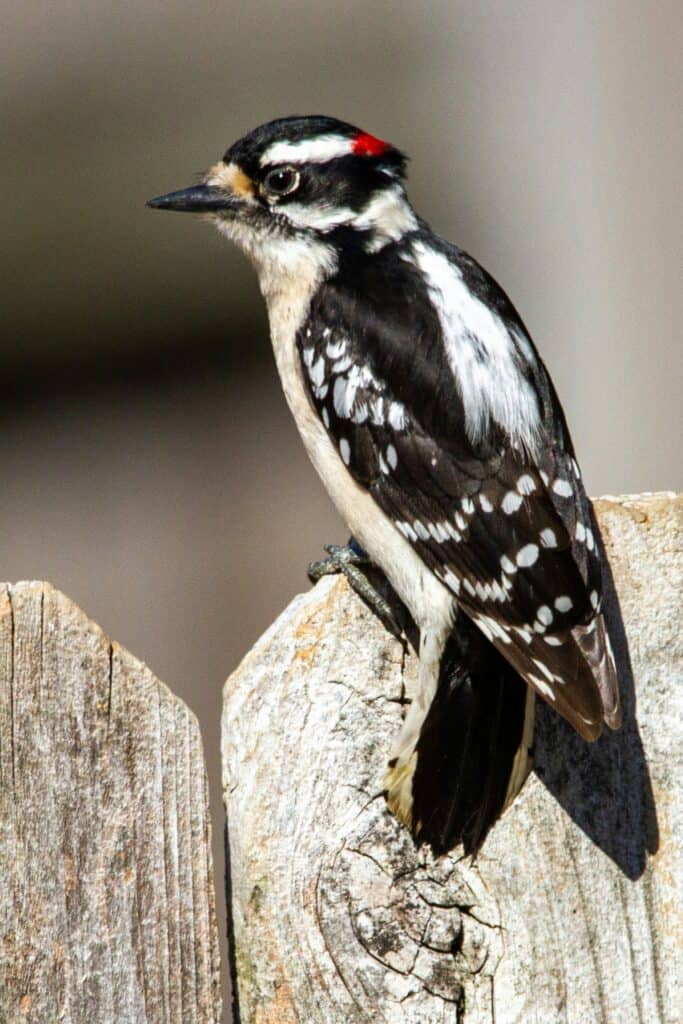
Before you start installing feeders or baffles, it is essential to assess your yard. Understanding your space will help you identify vulnerabilities and develop a tailored plan to protect the birds.
Identifying Vulnerable Areas
Walk around your yard and look for areas where birds might be most at risk. Some spots to pay attention to include:
- Open Spaces: Areas near feeders that are wide open may leave birds exposed to predators.
- Nearby Cover: Bushes, shrubs, fences, and even trees can provide hiding places for predators. When feeders are too close to these, they can become easy targets.
- Access Points: Identify how predators might enter your yard. Gates, open doors, or low fences can offer a free pass for determined animals.
Conducting a Safety Audit
A simple safety audit can make a big difference. Use this checklist as a starting point:
- Examine the area around your feeders for any nearby hiding spots.
- Check if feeders are too close to trees, fences, or thick bushes.
- Look for signs of predator activity, such as tracks or droppings.
- Determine if any parts of your yard have easy access from the outside.
By understanding your yard’s layout and potential vulnerabilities, you can better decide which strategies to use for predator-proofing.
Effective Strategies to Deter Predators
There are several practical methods to reduce the risk of predators interfering with your bird feeding area. Combining multiple strategies is often the most effective way to create a safe space for your birds.
Physical Barriers and Feeder Placement
Physical barriers can stop predators in their tracks. Consider the following tips for placing your feeders and installing barriers:
- Install Baffles: Baffles are dome-shaped or cylindrical barriers that can be placed on poles or hung above feeders. They make it difficult for cats and other predators to climb or reach the feeders.
- Strategic Feeder Placement: Position feeders at least 10 feet away from potential hiding spots such as trees, shrubs, or fences. This extra distance can reduce the risk of ambush.
- Use Elevated Platforms: Mount feeders on poles or hang them from sturdy branches. A height of 5 to 6 feet can be effective in deterring ground-based predators while still being accessible to birds.
Landscaping for Safety
Natural landscaping can also provide a protective barrier. Thoughtfully arranged plants and shrubs can both beautify your yard and serve as a deterrent to predators.
- Dense, Thorny Shrubs: Planting thick, thorny bushes around your feeding area can discourage predators from getting too close. These plants not only offer a barrier but also add a decorative touch to your yard.
- Open Feeding Areas: Keep a clear space around your feeders. Open areas give birds plenty of room to fly away quickly if a predator is spotted.
- Elevated Feeding Stations: Consider building or buying a feeder station that is raised off the ground and away from low-lying vegetation. This adds another layer of security.
Maintenance and Cleanliness
Keeping your bird feeding area clean is essential. A tidy area is less attractive to predators and other pests. Here are some maintenance tips:
- Clean Feeders Regularly: Spilled seeds and food scraps can attract unwanted visitors. Regular cleaning not only helps keep the area safe but also prevents the spread of disease among birds.
- Secure Bird Feed: Store extra bird feed in tightly sealed containers. This reduces the chance of scavengers being drawn to your yard by the scent of food.
- Remove Debris: Keep the area around your feeders free of fallen seeds and droppings. A clean area is less likely to attract predators looking for an easy meal.
Choosing and Setting Up Predator-Proof Feeders
Not all bird feeders are created equal. Some are specifically designed to minimize the risk of predator attacks. Here, we discuss what to look for in a predator-proof feeder and how to set it up for maximum safety.
Types of Bird Feeders with Built-In Protection
Modern bird feeders often include features that help protect birds. Consider these types when shopping for feeders:
- Cage Feeders: These feeders enclose the seed area in a wire cage. The design allows small birds to enter while keeping larger predators out.
- Perch-Limited Feeders: Some feeders are designed with limited perch space to discourage predators from landing. They allow birds to feed without offering a comfortable spot for a cat or other animal to rest.
Installation Tips
Proper installation is key to ensuring that your predator-proof feeders work as intended. Follow these guidelines:
- Optimal Height: Mount your feeders at a height of 5 to 6 feet. This distance can deter many ground-based predators, yet still allow birds to reach the food.
- Distance from Cover: Install feeders at least 10 feet away from trees, shrubs, or structures. This reduces the number of nearby hiding spots that predators can use to launch an attack.
- Sturdy Mounting: Use strong poles or brackets to secure your feeders. A wobbly feeder can be easily knocked over by a determined predator.
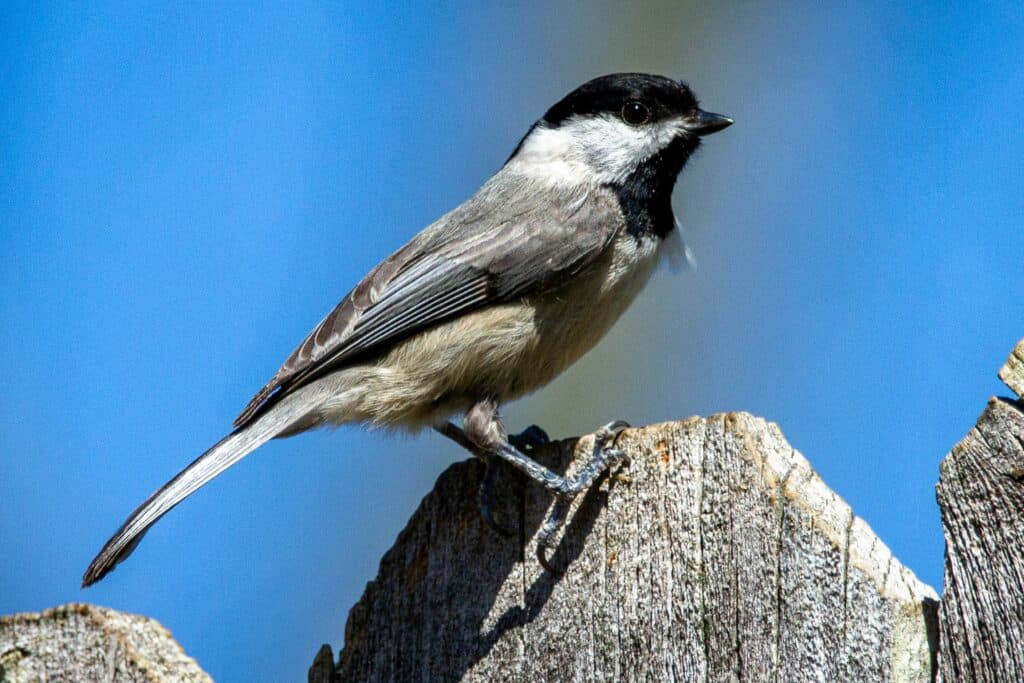
Creating a Multi-Layered Defense
Relying on one single method is often not enough to keep predators away. A combination of physical, natural, and behavioral strategies will provide the best protection for your birds.
Combining Physical and Natural Defenses
Integrating different types of defenses creates a robust safety net. For example, you might install a baffle on your feeder pole while also surrounding the area with dense, thorny shrubs. This multi-layered approach can confuse predators and make it much harder for them to succeed.
Behavioral Adjustments
Your actions can also influence the safety of your bird feeding area. Consider the following adjustments:
- Adjust Feeding Times: If you notice that predators are most active at certain times of the day, try to adjust your feeding schedule. Early morning and late afternoon may be safer times for birds to visit your feeders.
- Rotate Feeder Locations: Periodically moving your feeders can prevent predators from learning a fixed feeding pattern. Changing locations can help keep them guessing and reduce the risk of repeated attacks.
Using Technology
Modern technology offers some interesting options to help you monitor and protect your yard. Consider these tools:
- Motion-Activated Lights: These lights can startle predators when they approach. A sudden burst of light may be enough to discourage a prowling cat or raccoon.
- Security Cameras: Installing a camera or two allows you to monitor your yard. You can observe patterns of predator activity and adjust your strategies accordingly.
Additional Safety Considerations
While the above strategies cover the basics of predator-proofing, there are a few additional factors to consider. These extra steps can further enhance the safety of your feeding area.
Seasonal Changes and Their Impact
Different seasons bring different challenges. For instance, during winter, predators may be more desperate for food due to natural shortages. This means you may need to monitor your feeders more closely during colder months. In contrast, the abundance of natural prey during summer might reduce predator pressure around your yard. Be ready to adjust your tactics with the changing seasons:
- Winter: Increase the frequency of feeder checks. Make sure that any protective barriers remain secure and that spilled food is cleaned up quickly.
- Summer: Maintain cleanliness rigorously to avoid attracting predators with leftover seeds or food remnants.
Educating Yourself on Local Wildlife
Understanding the local ecosystem can give you an edge in predator-proofing your yard. Take the time to learn about the common predators in your area. This knowledge will help you tailor your approach. For example, if you live in an area with a high population of feral cats, you may need to invest more in physical barriers. Joining local birding clubs or attending wildlife workshops can provide valuable insights and practical advice.
Looking to learn more about wild birds? Check out some additional resources below:
